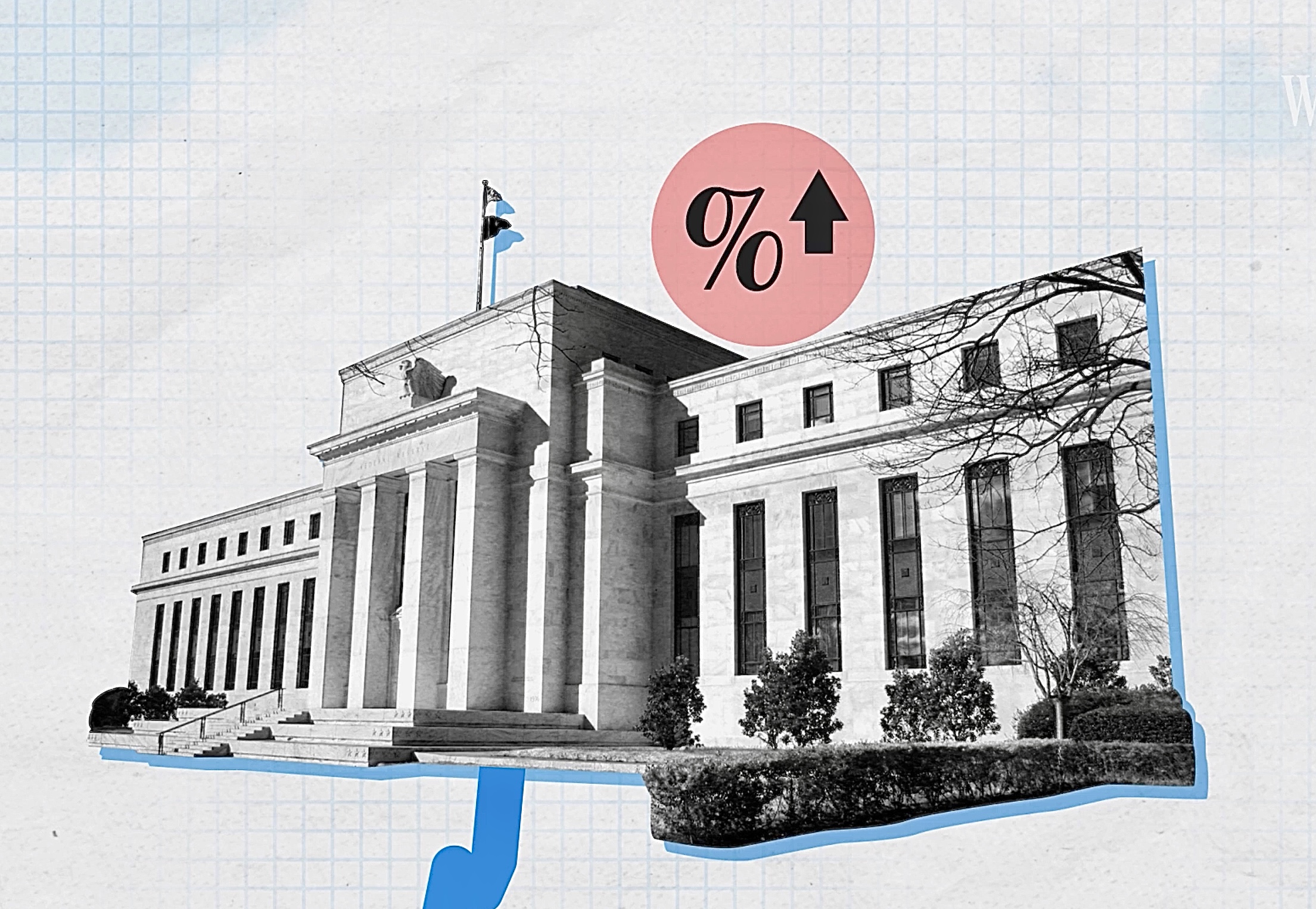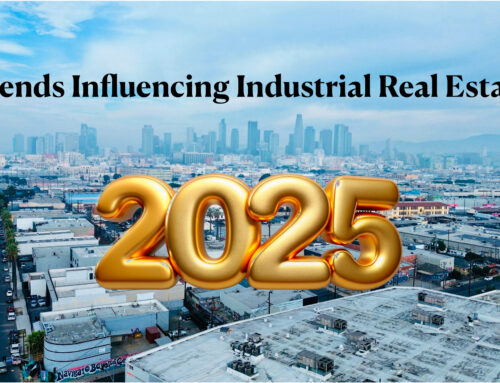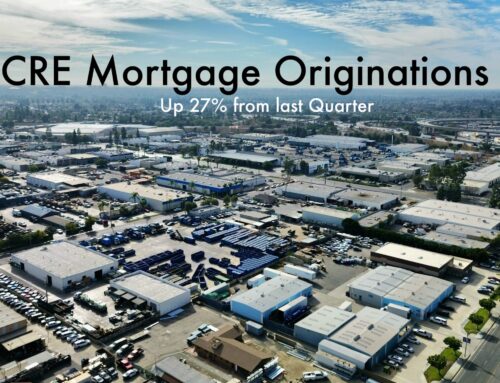Federal Reserve approves first interest rate hike in more than three years, see six more ahead
The Fed’s move on Wednesday attempts to address soaring prices by making it more costly to borrow money. It raised what is know as the federal funds rate, the interest rate banks use to lend money to each other overnight, which has been near zero since early in the pandemic when the economy plunged. That tiny, 0.25 percent increase has a cascading effect that flows through U.S. government bonds, mortgages and other types of loans.
“The federal funds rate is the only interest rate the Fed is able to control, but it spills over much more broadly,” said Rodney Ramcharan, an economics professor at the University of Southern California and former senior economist at the Federal Reserve Board. “Banks are going to pass on those additional costs, so longer-term loans like your mortgage or car loan are expected to increase.”
Some people say the Fed is already behind the curve. Consumer prices soared to new highs in February — by 7.9 percent compared to a year earlier, as shoppers paid more for shoes, lamps, pasta and milk. At the same time, the economy is booming. Unemployment, at 3.8 percent, is nearing pre-pandemic lows, clearing the way for the Fed to dial things back a notch.
“It is appropriate for us to move ahead,” Fed Chair Jerome H. Powell told lawmakers earlier in March. “Inflation is high, too high. The committee is committed to using our tools to bring it back down.” But that shift won’t be without consequences.
Here are four ways the Fed’s higher rates will trickle down to consumers and businesses.
1. Mortgages and other consumer loans
As the cost of credit rises for banks, they’ll soon pass those higher rates on to consumers who take out big-ticket loans like mortgages.
That means the housing market will be directed affected. Housing is often a barometer for how people feel about the economy. Interest rates for mortgages have jumped, getting more expensive in recent weeks in anticipation of the Fed’s tightening moves. Economists say mortgage rates will continue to climb, both on the Fed’s actions this week and perhaps more crucially, its plans for future rate hikes.
“Even though much of this is anticipated, when short-term rates rise, there’s going to be a bump in mortgage rates and a bump in the cost of capital — and that will happen immediately,” said Jeffrey Bergstrand, an economics and finance professor at the University of Notre Dame and former economist for the Federal Reserve Bank of Boston. “Some families just won’t be able to afford those higher monthly payments on a new house or a new car. That will reduce the demand for those things and have a slowing effect on the economy.”
Paul Skeens, a mortgage lender in Waldorf, Md., says urgency among potential home buyers began picking up a couple of months ago once they realized the Fed was planning to raise rates. The average interest rate for a fixed 30-year mortgage is at a pandemic high of 3.85 percent, up from 3.05 percent a year ago, according to Freddie Mac. Skeens expects that rate to rise to as much 5.5 percent later this year, following additional rate hikes by the Fed.
For some families, who have been squeezed out of housing markets due to bidding wars, higher mortgage rates might dampen competition enough to help them finally land the house they’ve been trying to buy for months.
“Things are so overheated right now — we’re seeing 15, 20 offers on a single house — that the Fed has got to throw some water on the fire,” he said. “I expect by fall you’re going to see a very different market.”
2. Slowing business expansion and hiring
It isn’t just consumers who will be paying more to borrow. Businesses also are facing higher interest rates, making it more likely business leaders think twice before taking out new loans for investment or expansion.
“Once interest rates go up, some businesses are going to start saying, ‘Is it worth it? Maybe it doesn’t make sense to borrow anymore,’” said Claudia Sahm, a senior fellow at the Jain Family Institute and former Fed economist. “That filters down to the labor market, because when businesses don’t invest in new stores or factories, they don’t need as many workers.”
A pullback in hiring would be a notable turn for the labor market, which has added a record 7 million jobs in the past year. Readily available financing, plus booming demand for products and services have emboldened companies of all types to step up recruitment and hiring. But as the cost of borrowing rises — most corporate interest rates are based on the 10-year Treasury yield, which is already trending up — that could begin to change.
It is worth noting, though, that the Fed does not have direct control over supply chain disruptions, which are at the root of many companies’ inflation troubles. Economists generally agree that the war in Ukraine and a new round of covid-related shutdowns in China are likely to add hurdles for businesses. There is a risk that higher interest rates could lead to layoffs or jumps in unemployment, which is keeping the Fed from being too aggressive with rate hikes.
3. Slowdown in the stock market
After soaring to repeated record highs during the pandemic, the stock market has come back down in recent months, in part because of looming concerns that the Fed would begin raising interest rates. But those expectations have already been factored into investors’ stock purchases and trades, meaning there probably won’t be additional fallout following this week’s hike.
Still, the overall softening in the stock market can have ripple effects for millions of households. The majority of Americans — 56 percent — own stocks, either as individual investments or in mutual funds or retirement accounts, according to Gallup. And for recent retirees in particular, lower stock prices can translate to less income. Any slowdown in economic activity resulting from the Fed’s rate hike is likely to keep stock prices under pressure, particularly for highflying tech companies.
“The Federal Reserve’s words are very powerful,” Sahm said. “They can tell us they intend to raise interest rates, and that’s enough to move markets.”
Growing geopolitical unrest will also have ripple effects: Russia’s invasion of Ukraine has weighed on stocks, wiping out about $12 trillion worth of wealth in recent weeks, according to Danielle DiMartino Booth, chief executive of Quill Intelligence and a former adviser to the Dallas Fed. All of that — plus any additional fallout following Powell’s remarks on Wednesday, when he doubled down on the possibility of multiple rate hikes this year — could pressure households and their spending decisions, she said.
“If you see your stock market portfolio losing value, you’re going to slow down your spending,” Booth said. “There’s going to be additional reticence on the part of consumers.”
4. Slowing inflation — eventually
As higher interest rates work their way through the economy, cooling demand for homes, cars and other investments, the big hope is that prices will also simmer down. For example, the average price for a dozen eggs has jumped to $2.01 from $1.60 a year ago. The average price for a used car has gone up much more, by 41 percent, and this year is expected to break $30,000 for the first time, according to Edmunds.com. Policymakers are betting higher interest rates will bring those prices back down.
“The higher the interest rate, the more people are paying,” Sahm said. “As prices go up — whether it’s because of market forces or other economic factors — demand tends to go down. That’s the goal here.”
But, she said, that tends to be easier in some categories than others. Food and energy prices, for example, are largely dependent on supply, not demand. “In general, demand for those things is set,” she said. “It’s all about supply, and our supply is very tied to world events.”
“It takes a couple of years for a given long-term interest rate hike to fully work its way through the economy,” said Bergstrand of Notre Dame. “Short-term rates will go up faster, but it takes a while for these hikes to work their way through and actually reduce consumption and investment saving.”
How the Federal Reserve raises interest rates: VIDEO
Source: https://www.washingtonpost.com/business/2022/03/16/fed-interest-rates-impact-economy/, https://www.cnbc.com/2022/03/16/federal-reserve-meeting.html https://www.wsj.com/video/series/wsj-glossary/how-the-federal-reserve-raises-interest-rates/BF522D96-72FE-40A0-B599-8EE8CDF3799F






